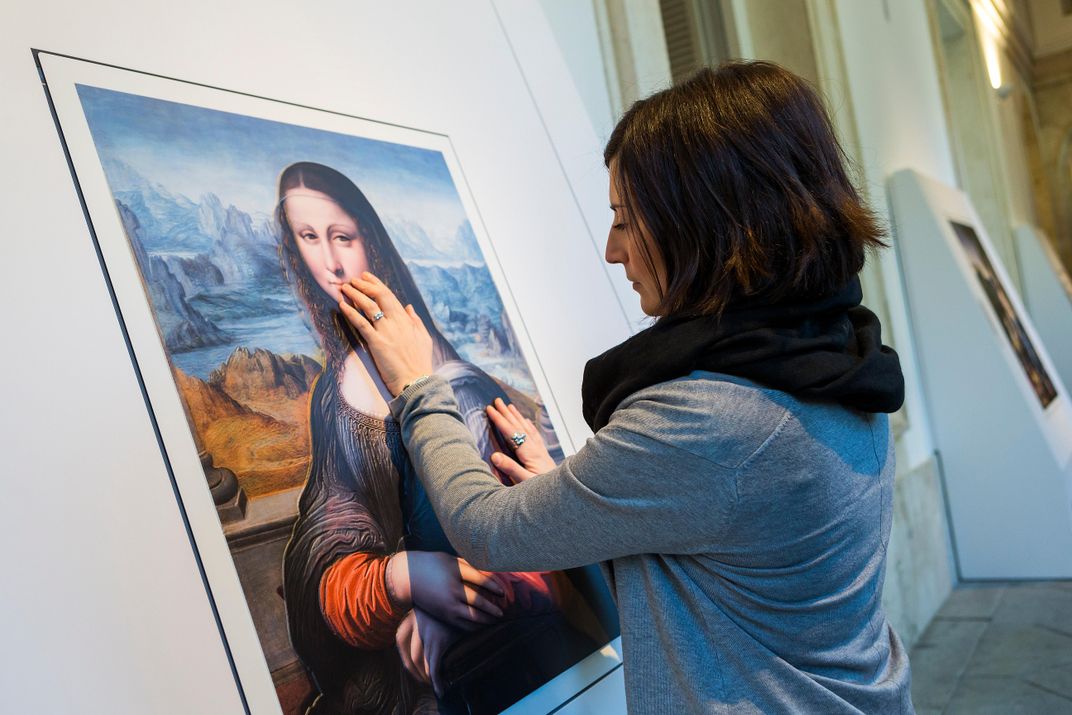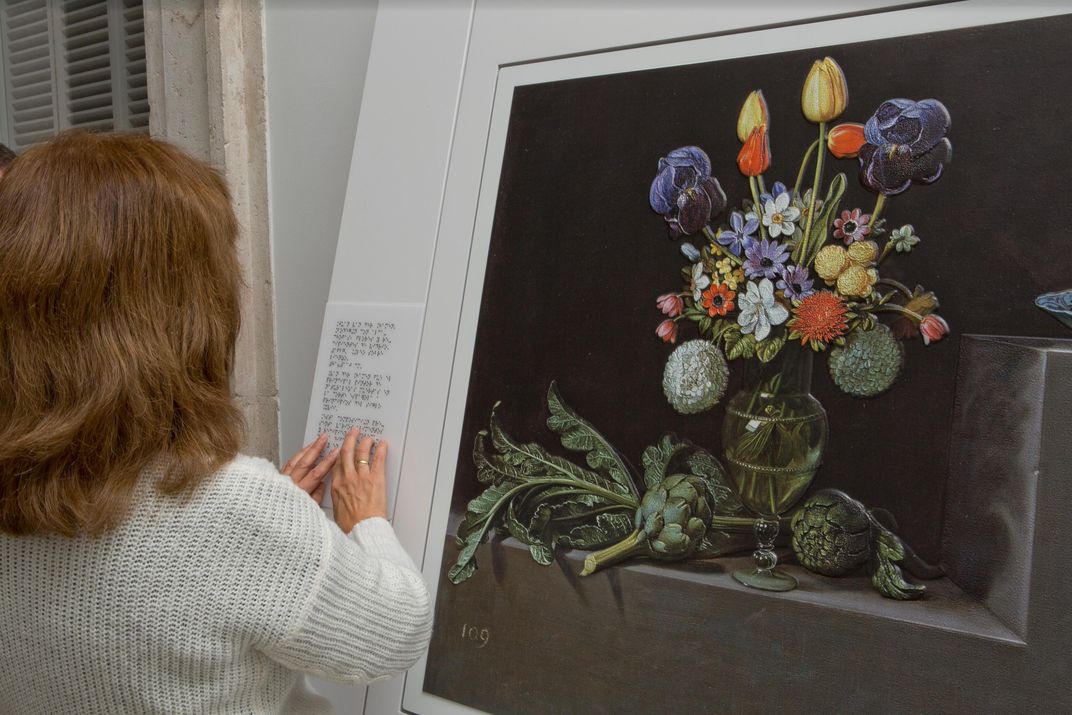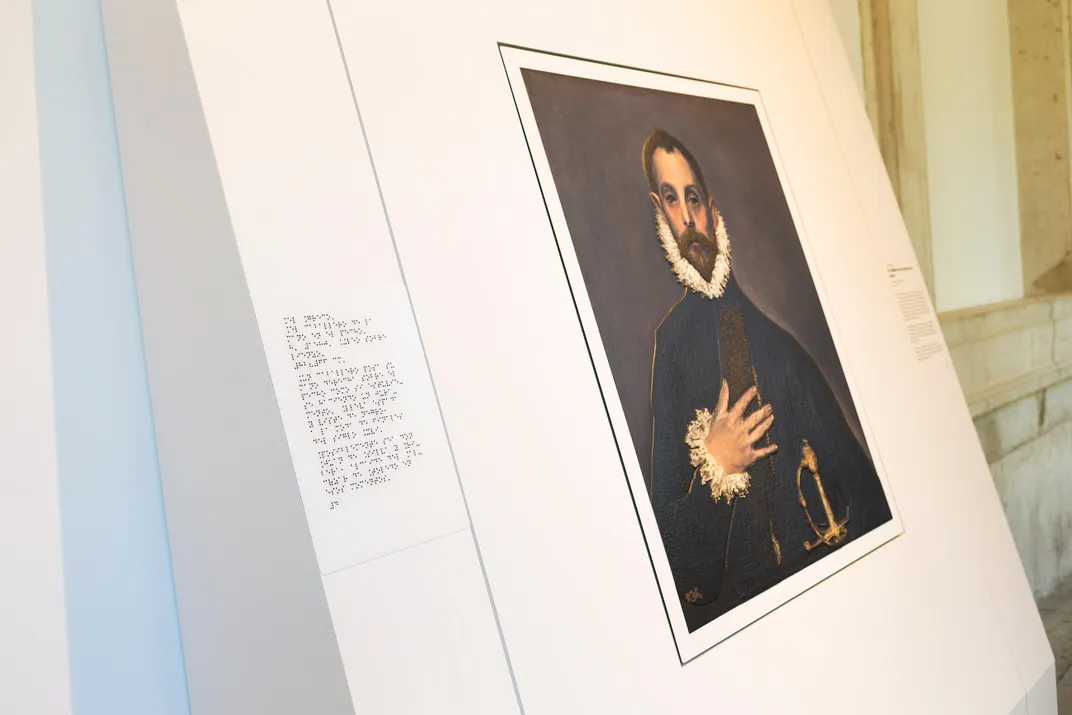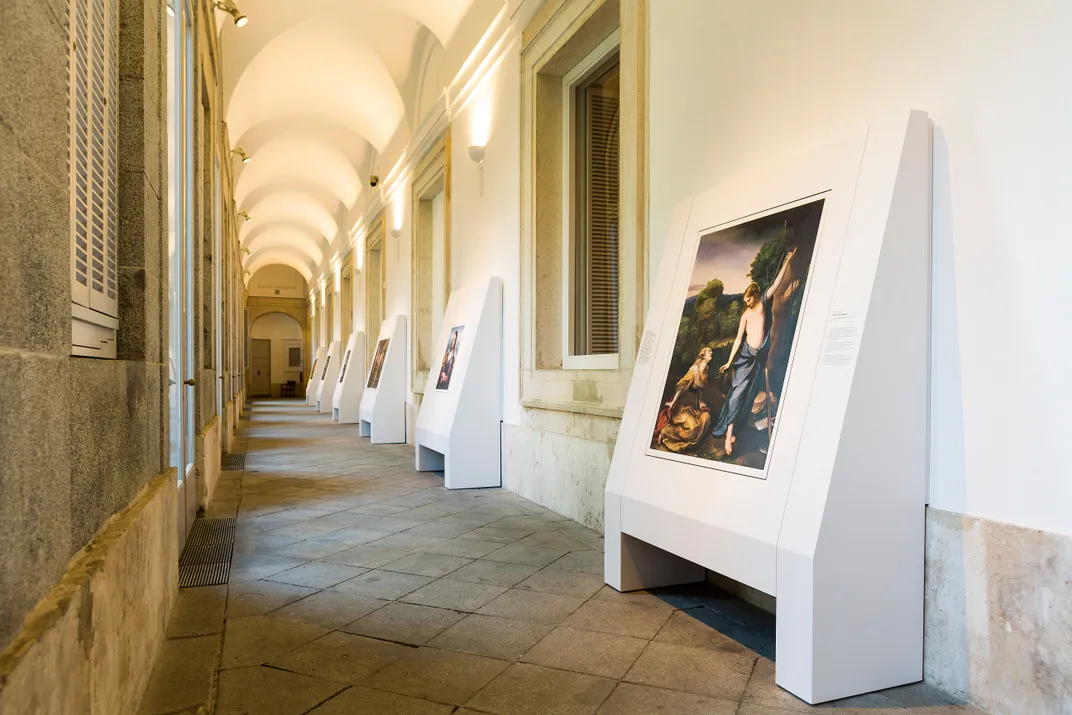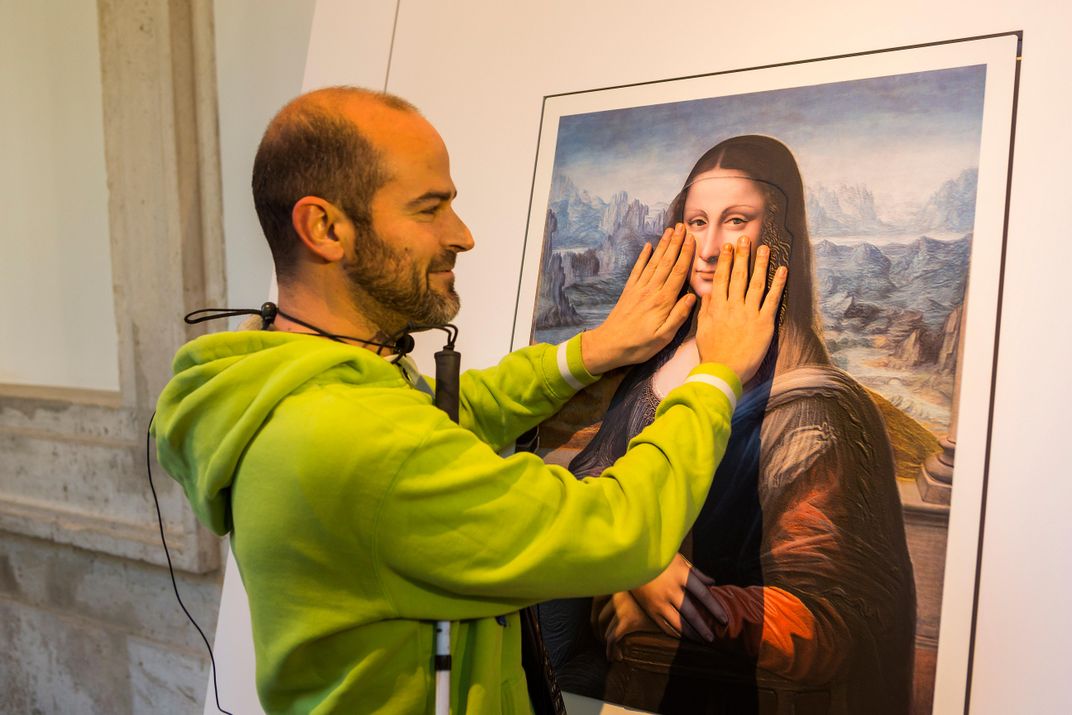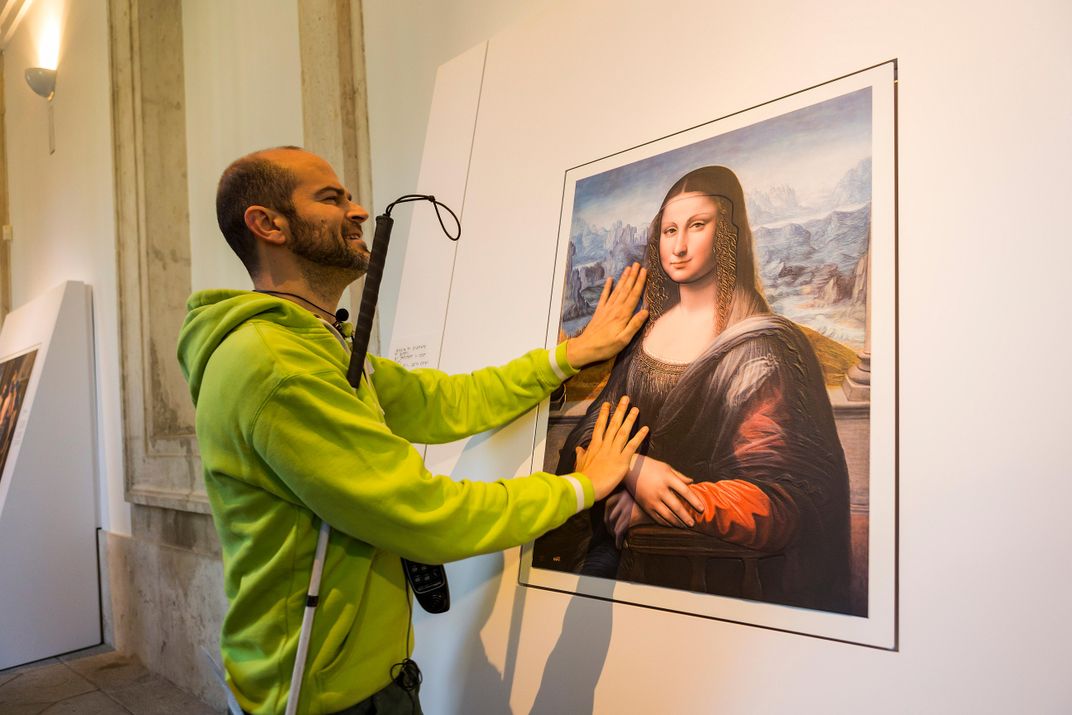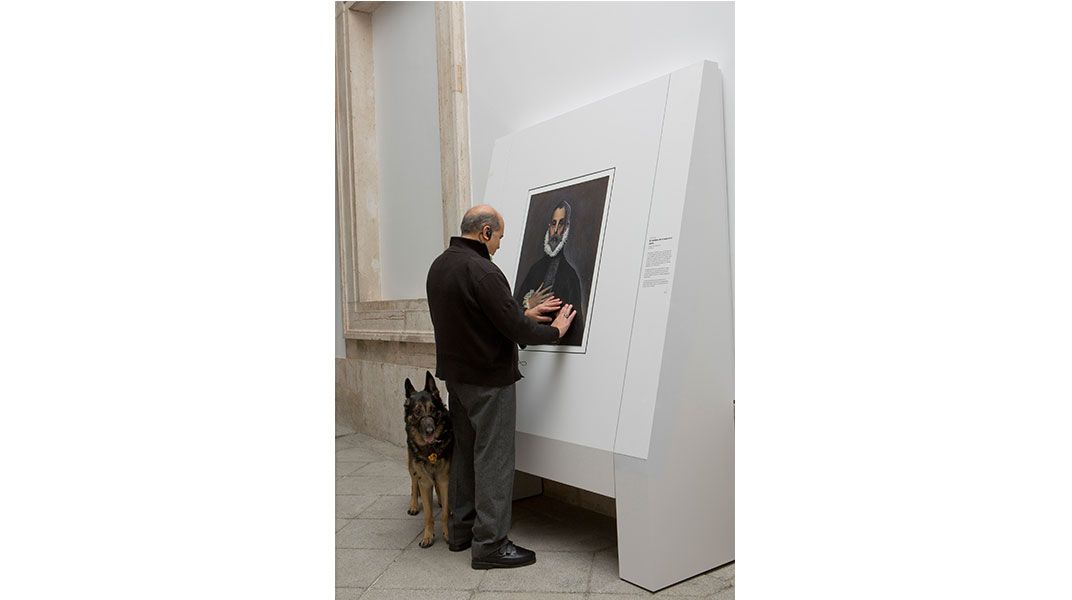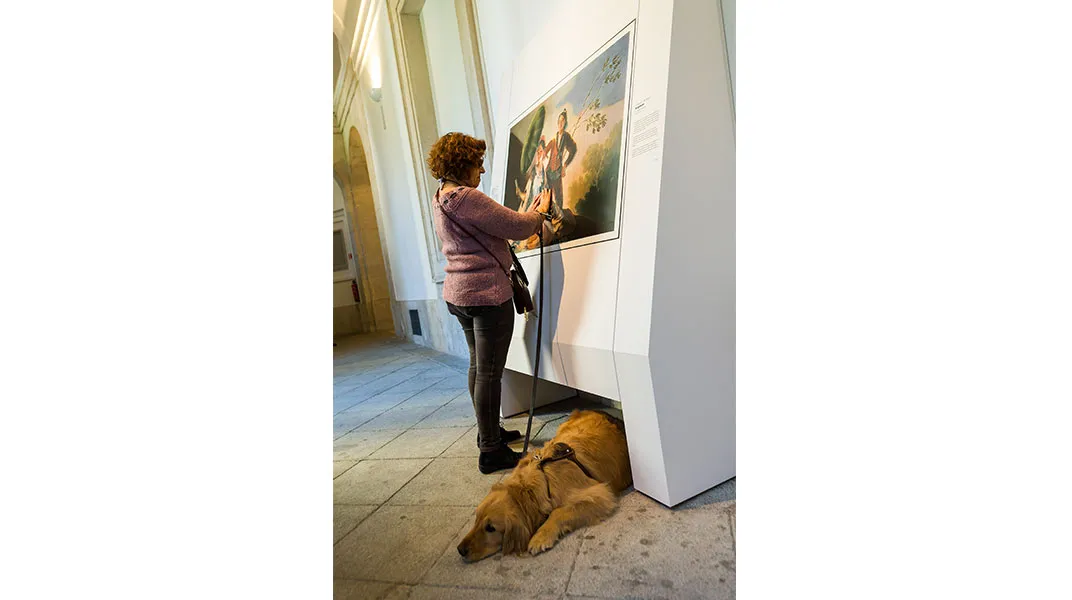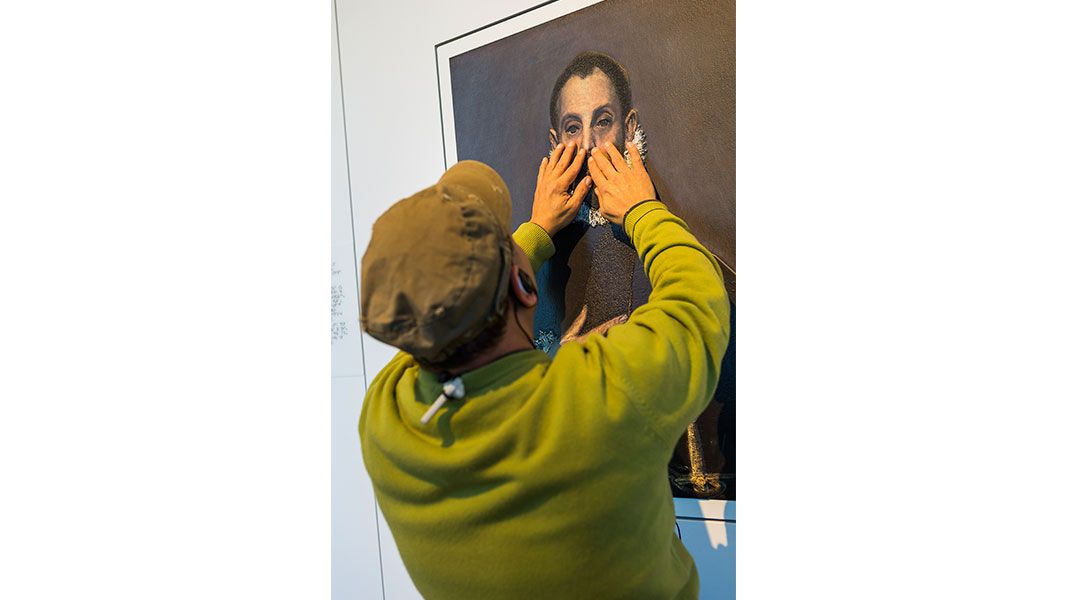Please Touch the Art: 3-D Printing Helps Visually Impaired Appreciate Paintings
The new “Touching the Prado” exhibit in Madrid showcases 3-D replicas of paintings, so blind visitors can feel key works of art
In museums the world over, one rule trumps all others: look but don’t touch. But what if you can’t look? Why should being blind prevent a person from appreciating works of art that are not only masterpieces, but also an important part of his or her country’s cultural history?
That was the question facing the Madrid’s Prado museum. As with many other European museums, the Prado has worked hard over recent years to widen access to its collections, investing in outreach programs or simply installing wheelchair ramps throughout its historic galleries. Up until now, however, blind and partially sighted people have been unable to enjoy the museum’s vast collection, which includes iconic works by Goya, El Greco and Velázquez.
The solution, the curators concluded, was not simply offering audio or braille guides, but to create elaborate 3-D replicas of key works, which visitors could touch. By inviting them to break the “no touching” rule in their new “Touching the Prado” exhibit, visually impaired visitors can at last gain some appreciation of the works on display.
As Marina Chinchilla, the deputy director of administration at the Prado, explained: “Our ultimate goal is to open the museum to the public as widely as possible, giving as many people the chance to enjoy the artistic treasures we have in our collection, including those with no or limited sight.”
More than a year ago, then, the museum invited companies from across Spain to pitch for the project before choosing Estudios Durero, a Basque company specializing in the fine arts. What set them apart from their rivals was that, rather than using standard 3-D printing, they have developed a technique that they call “Didú,” which allows them to produce works that are both rich in texture and color.
“You have to remember that not everyone who is registered blind can see nothing at all,” said Cristina Velasco, the head designer at Estudios Durero. “Many have some at least a little vision. For this reason, we knew we had to replicate the original colors as closely as possible. This ruled normal 3-D printing out as even the most advanced 3-D printer still cannot come anywhere near reproducing the colors and shades of a masterpiece.”
While keen to keep the exact details of their process a secret, Velasco explained that it involves taking a high resolution image of a painting and then working with the blind and partially sighted members of the team to identify which details need to be emphasized to provide reference points for a blind person’s hands. For instance, the eyes of a painted figure always need to be made concave rather than convex to provide a universal reference point for blind viewers.
“Blind people think of the eyes like holes, and these give them a good starting point from which they can work outwards,” Velasco said.
At the same time, the curators gave their input into which works from the extensive Prado collection were most suitable.
“If there’s too much fine detail in a painting, it would be too hard to convey this using the technology we have, and it would be too much for the reader to take in,” Velasco said. “So we had to choose paintings that were artistically significant yet not too detailed. Plus they had to be the right size. Could you imagine trying to feel your way around [Picasso’s] ‘Guernica?’”
The designers incorporated these details into a new image printed with special ink. A chemical mix was then added to the marked areas, giving them texture and volume (“just like you add yeast to bread to make it rise,” Velasco explained), and finally, the real image, complete with the original colors was printed onto this contour.
The finished exhibition features copies of six paintings, all historically significant masterpieces. These include “A Nobleman With His Hand on His Chest” by Goya, “Apollo in the Forge of Vulcan” by Velázquez and a contemporaneous copy of the “Mona Lisa.” Alongside these are braille guides and audio commentaries that also help guide visitors through what they are feeling.
So, can the clever use of textures and contours really bring a masterpiece to life this way? So far, the response has been overwhelmingly positive.
“I know I’m never going to be able to see colors or experience this art the way a sighted person can, but this is still a major step forward,” said Rocio Fernandez, one of the first visitors to the exhibition.
A Madrid native, Fernandez was born blind and is only now visiting the Prado for the first time. The 3-D printed copy of the Velázquez work merits special praise as she uses both hands to read the contours.
“Yes, I can feel the texture of the skin, the short beards and even the look of surprise on the men’s mouths,” Fernandez said. “We learned all about the great Spanish artists at school, of course, but it’s only now that I can start to understand what made them special in their own unique ways. But again, I do know that I am still missing out on so much.”
However detailed the replicas done for this exhibition may be, opening visual art up to the visually impaired is still in its infancy.
“We’re constantly looking at new ways of representing skin, hair and fabric so as to give the most realistic portrayal of the original work as possible,” Velasco said. “We’re also working on representing images of different materials like metal and glass through touch.”
Plans are also in place to further expand the current exhibition to incorporate a wider sample of the Prado’s collection and to make other museums and galleries more accessible to the visually impaired.
“This project has been getting quite a bit of attention around Europe and, though I can’t say who, we are in talks with other institutions about the possibility of working with them in the future,” Velasco said. “Most curators are now determined to make art even more accessible, and now we have the technology to do it, giving blind people the chance to share this part of our culture just seems the right thing to do.”
This article was originally published on Not Impossible Now, which focuses on the inventions and inventors doing incredible things with technology to improve humanity.
Read More Stories on Not Impossible Now:
ALS Patient, Husband, and Father Voices 'I Love You' for the First Time in 15 Years
Why 'Big Hero 6' Brought a Robotics Professor to Tears
A Blind Mom Sees Her Newborn for the First Time—Watch the Video
